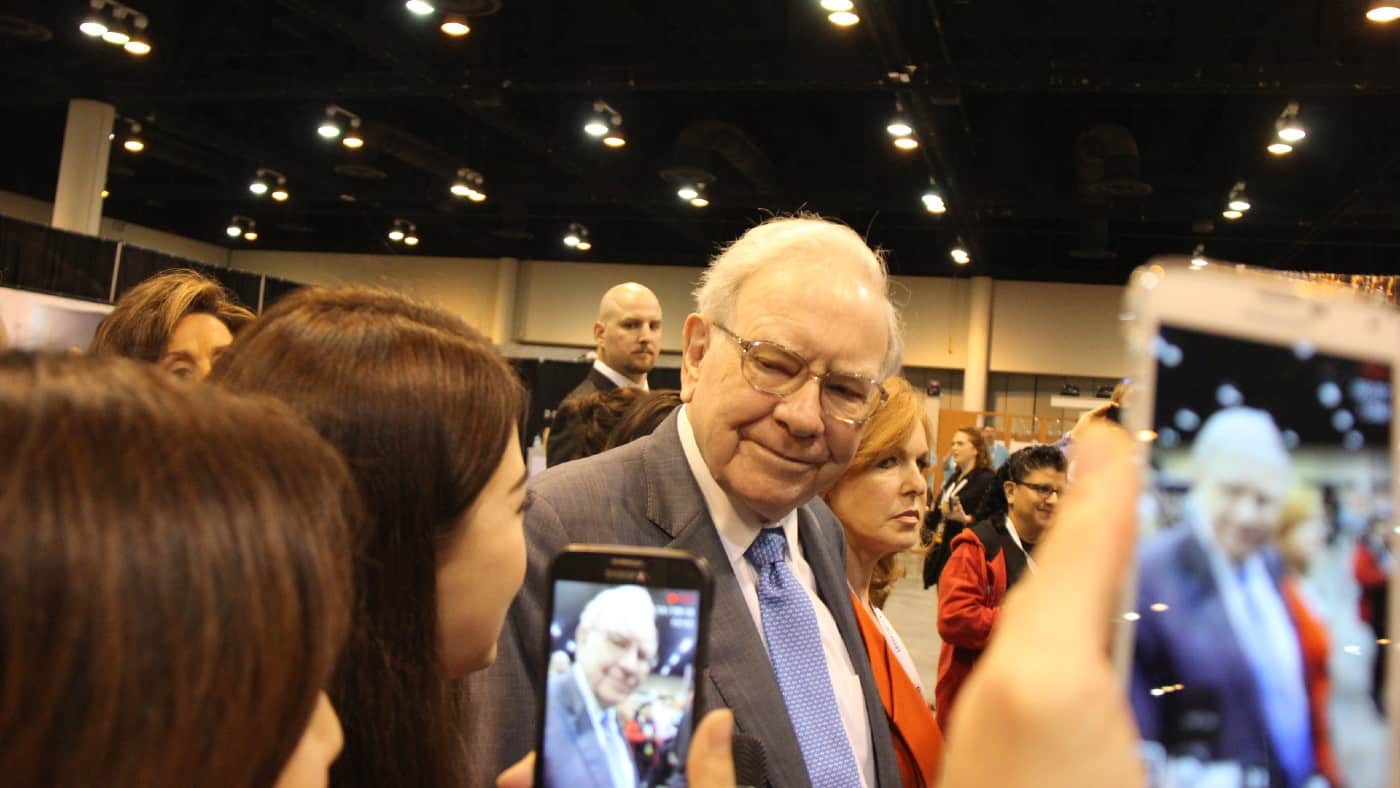Kyiv’s allies have repeatedly crossed their red lines on weapons deliveries. But nearly a year into the full-scale invasion of Ukraine, concerns in the US and Europe about Russian escalation have not changed substantially and still hang over the next decisions, including whether to send fighter jets.
The US and its partners have committed many of the systems once considered off limits, most recently tanks as well as Himar guided missiles and Patriot missile defence units, among other systems.
There is growing consensus among western officials that time is now on Russia’s side and Ukraine has a narrow window to launch a counteroffensive in the spring, prompting allies to come together quickly to send heavier kit such as tanks, infantry fighting vehicles and longer-range weapons.
Further evidence of the change in thinking came last week, when the US announced it is sending smart bombs known as Ground-Launched Small Diameter Bombs or GLSDBs, the longest-range bombs it has provided to Kyiv.
The constant crossing of self-imposed boundaries reflects Ukraine’s changing battlefield requirements rather than a shift in allies’ assessments of the escalatory threat, according to western officials and analysts.
“The course of the war has been more fundamental in determining Russia’s escalation risk,” said Samuel Charap, a senior political scientist at the Rand Corporation. “We’ve seen when concerns about escalation have been most acute, they have been at moments of extreme vulnerability for the Russians rather than a function of new weapons.”
For their part, US officials say they are constantly re-evaluating support for Ukraine. Missile strikes against critical infrastructure in recent months convinced US and allied officials that it was necessary to send more sophisticated air defence systems, for example.
“The war remains fluid and dynamic, so the nature of our support will continue to adapt as conditions evolve to give Ukraine the training, equipment and capabilities they require to be effective on the battlefield,” said Pentagon deputy press secretary Sabrina Singh.
Washington’s constant redefinition of which weapons systems would escalate the conflict serves a purpose, some analysts said.
“The administration and European allies believe this approach of incrementalism has been a really effective way to tamp down the risk of escalation and to prevent a direct US-Russia military confrontation,” said Andrea Kendall-Taylor, director of transatlantic security at Washington think-tank Center for New American Security. “In many ways it’s like the frog in a boiling pot of water.”
However, the shifting red lines do not guarantee that the next big-ticket item sought by Ukraine, F-16 fighter jets, is within reach. US President Joe Biden, asked last week if the US would provide them, simply responded “No”.
While American officials have conceded that they may eventually send fighter jets or permit allies to do so, for now US officials say they are too expensive, not easily available and will take significant time to train Ukrainians to fly.

They could also risk drawing Nato into the conflict, with one US official saying F-16s have “the potential to be provocative because of their range and capability”.
The official added: “Russia’s narrative is that this is a war with the United States. That’s not true and we don’t want to feed into that by giving them things to point at like F-16s that could be used in Russia.”
Ukrainian officials — together with their hawkish allies in eastern Europe — say Russia’s threats, including clear references to use of nuclear weapons, are scare tactics intended to deter Kyiv’s allies from providing advanced weaponry.
But in a sign that Ukraine sees US concerns over escalation as a serious impediment to supplies of longer-range armaments, outgoing defence minister Oleksiy Reznikov took the unusual step this week of promising not to use western-supplied weapons to hit Russian territory.
Concerns over escalation peaked in September following the collapse of Russia’s defensive lines in Kharkiv province. President Vladimir Putin ordered the mobilisation of 300,000 men and warned the west of a possible nuclear response, saying “if its territorial integrity is threatened Russia will use all the means at its disposal”.
Russia has since dialled down the threats. Putin last week appeared to hint again at the possible use of nuclear weapons in reaction to the pledge of Germany and other countries to send western tanks to Ukraine, saying “we have ways of responding, and it won’t be limited to using armoured vehicles”. But it was a less explicit reference.
Western officials and analysts have offered multiple reasons for the shift in tone, including concern in China about Russian nuclear brinkmanship. One senior western diplomat said it was the effect of a co-ordinated US-British-French warning to Moscow that any resort to nuclear weapons would have “catastrophic consequences”.
Some experts say the Kremlin’s nuclear sabre-rattling was directed at a domestic audience, to galvanise Russians behind mobilisation. US officials did not detect any threatening change in Russia’s nuclear posture during the fiery rhetoric last year. But they still take the risk seriously and constantly monitor for any sign that Russia may move towards firing a nuclear weapon.
In a report published last month by the Rand Corporation think-tank, Charap and Miranda Priebe argued there were several reasons to think Russian nuclear use was still possible, not least because Putin regards the war to be “near-existential”.
“The Biden administration has ample reason to make the prevention of Russian use of nuclear weapons a paramount priority for the US,” they wrote.
Jack Reed, Democratic chair of the US Senate’s armed services committee, said the collapse of the Russian army, Ukrainian advances on the annexed peninsula of Crimea or attacks on Russia would all prompt heightened nuclear risks.
“If the Ukrainians . . . are entering Crimea, that’s an area where the discussion would heat up tremendously within the Kremlin.”
“Red lines are an interesting issue, but the lines are never quite that bright or obvious,” he added. “I wish it was almost like arithmetic, like add one plus one, you get two. [But] it’s not that easy.”
Credit: Source link














